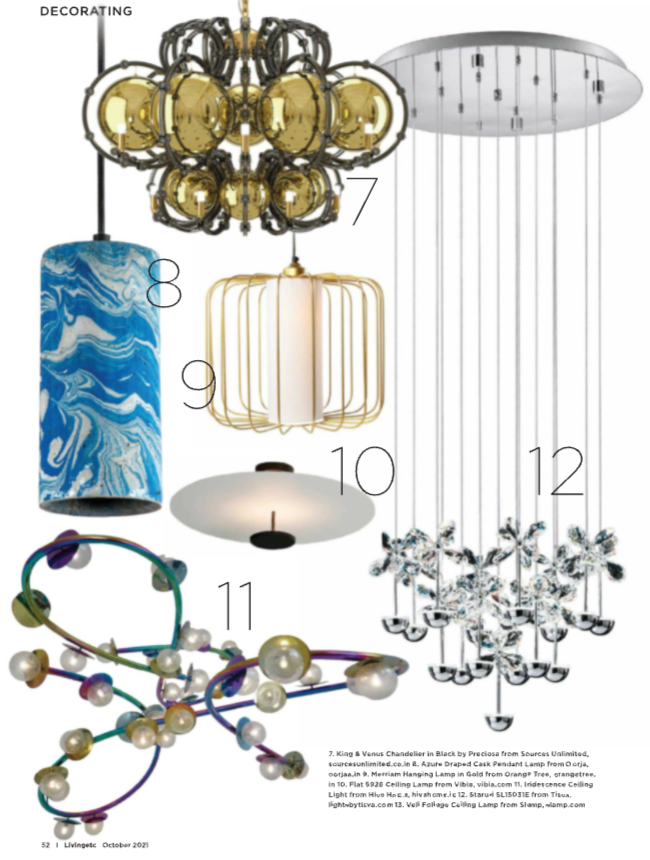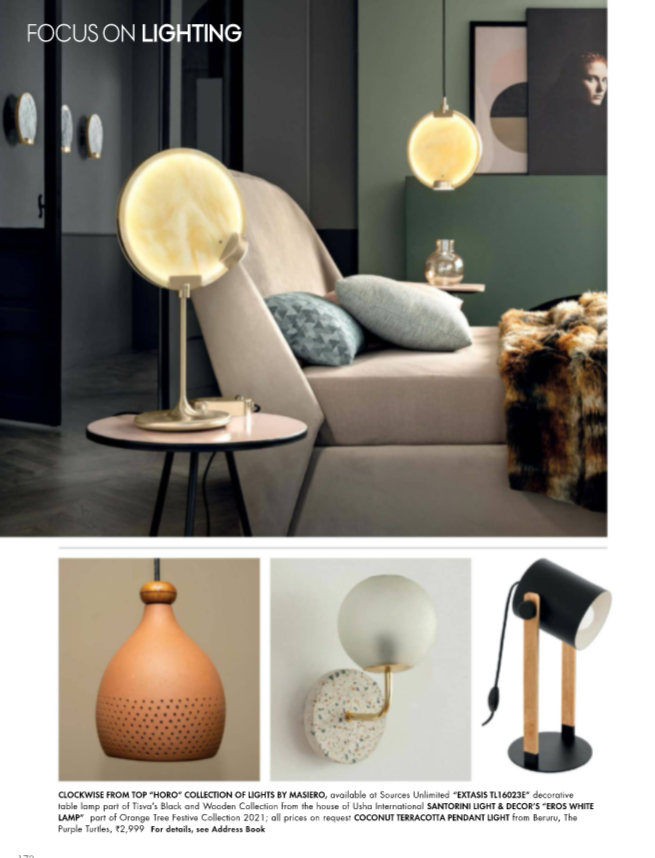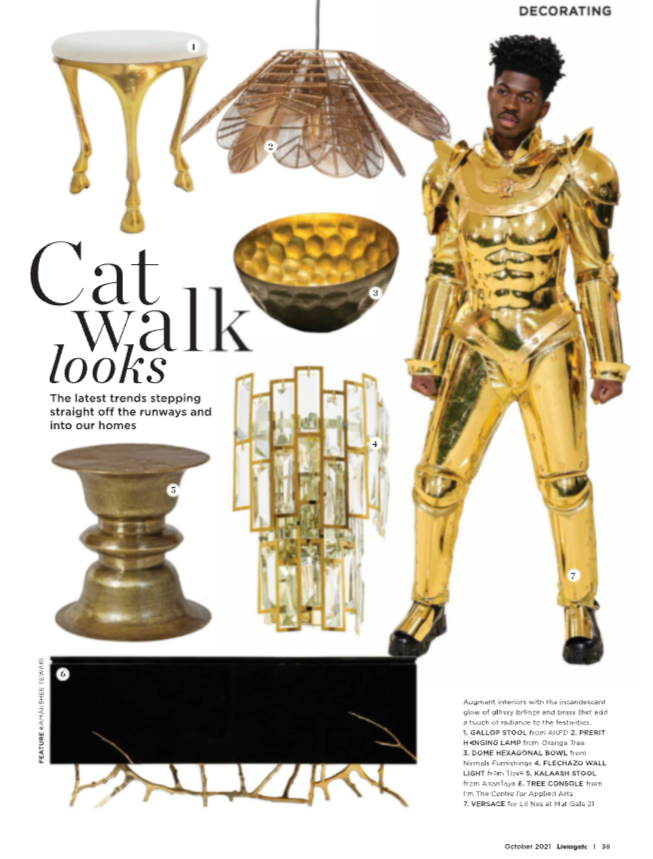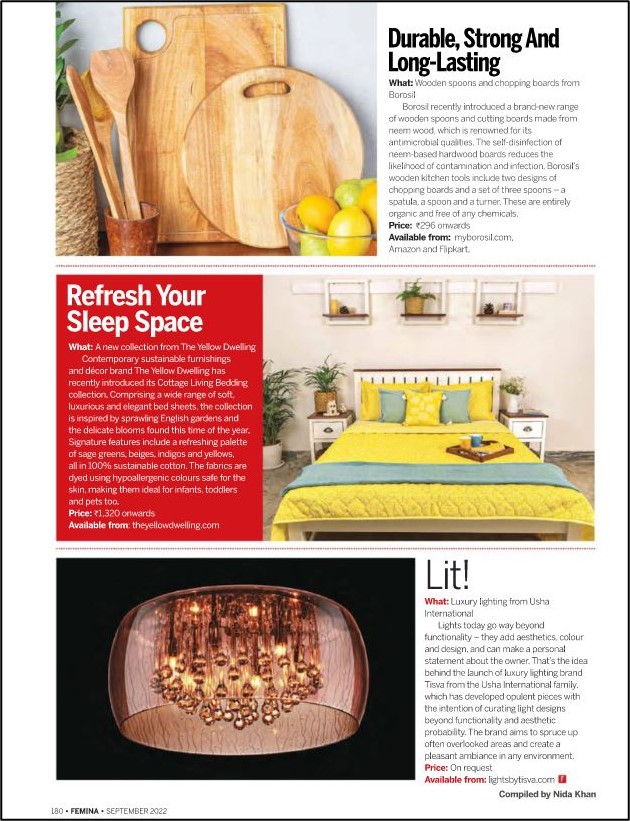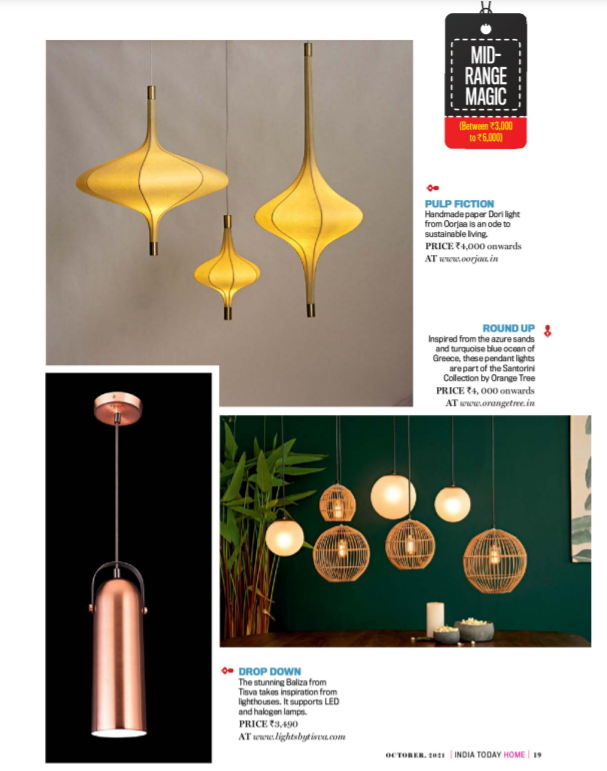Emotional Impact
It is easy to simply light up a place with general light; however with all areas equally lit, the space will lose out on its emotional value. Moreover it will create a dull and boring place, where people will tend to get depressed. It requires careful manipulation of light to create spaces that have an emotional impact. Playing with contrasting brightness makes a place alert, energetic and positive. To illustrate an example, staying and working in a uniformly lit place without contrasts is like living under a perpetual cloudy sky, while conditions under contrasting brightness is akin to a sunny day.
Degrees of Stimulation
Some activities have a high degree of stimulation inviting higher participation and enjoyment. Whereas activities with low stimulation or minimum contrasts make people feel relaxed and comfortable. Although what stimulates one person may not necessarily stimulate another, one can broadly classify activities under both these categories. Environmental Psychologists refer to these as high-load and low-load spaces respectively. Places which are asymmetrical, crowded, complex, surprising, unfamiliar are high load. Environments that are simple, uncrowned, symmetrical, familiar are low load.
Similarly if the task we are performing is complex (i.e reading technical manuals), it can be described as a high load task. Now, if there is additional load from our environment while performing this kind of tasks (i.e reading technical manuals in a crowded Mall), we become distracted, annoyed and frustrated, at times even trying to avoid our work. Tasks that are simple or familiar (i.e surfing Facebook) are low load task and if done in a low load environment (i.e surfing Facebook in a quiet corner), we are likely to doze off due to lack of stimuli. Therefore in order to perform low-load task well, we need to add external stimuli to our environment – a very good example of this is carrying out household chores while listening to music in the background.
Degrees of Brightness Contrasts
The degree of brightness contrast acts just like background music. It impacts our performance and pleasure derived from work. Thus the first step in lighting design is to identify the task that will be performed at the given space. Secondly we need to identify the degree of stimulation that will reinforce our low or high load task. And lastly establish the degree of brightness contrast that will add the necessary level of stimulation to the work space.
Brightness contrast can be achieved by creating patterns of light and shade. In simple words this means lighting up a few surfaces and objects, while leaving others in comparative darkness. This emphasis of lighting up selected spaces will build a relationship between the foreground and background of the space.
Low-Contrast Environment
If everything is equally lit and no hierarchy/contrast is established in form of light and shade, it creates a low stimuli and low-contrast environment. A large proportion of diffuse light and a small amount of focused light will create such an environment. These spaces provide easy visuals and are good for difficult tasks.
Lighting systems that flood the room with diffuse light from overhead create a shadow less uniform environment, where forms are ill-defined. Though systems like these are well suited for complex visual tasks, they do not take into account the human psychological factor and thereby people working in such conditions will eventually get bored and performance levels will drop.
High-Contrast Environment
A large proportion of focused light and a small amount of diffuse light create High-contrast environments. These environments establish hierarchy/contrast between the foreground and the background of the space. They add external stimuli and evoke certain moods and emotions. A single spotlight on a stage performer is a great example of such spaces, where interest is directed towards a certain person or object.
In such places attention is involuntarily drawn to the comparatively bright areas. When a person enters an unfamiliar area, brightness and colour contrast help to establish an initial emotional response. These areas are useful for guiding people in unfamiliar spaces like a Designer Showroom.
The Three Elements of Light
The three fundamental elements of light are: Ambient light, Focal glow and Sparkle. Ambient light envelopes the entire space with light without any shadows. It reduces the importance of people and things and gives a sense of freedom and endlessness. It is relaxing and without stimuli. It is like a foggy day on a mountain top.
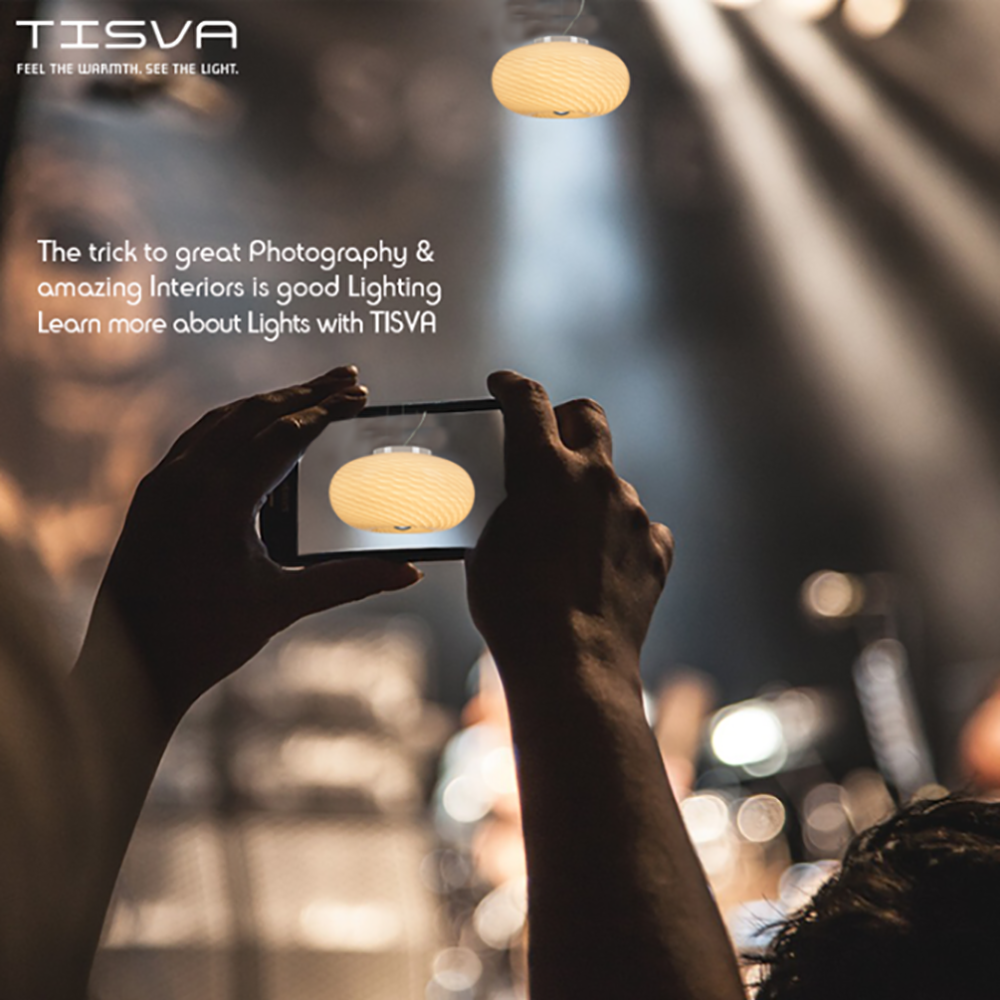
Focal Glow is direct light that focuses on certain spaces and directs us on what to look at. It creates a sense of space within the larger space separating the important from the unimportant. Also a sense of depth can be created through a sequence of Focal glows. A sunburst through the clouds is a natural example of Focal Glow.
Sparkles are tiny points of light that arouses curiosity and alerts the mind. Chandeliers and sequins in dresses are a good example of Sparkles.
The degree of ambient light to focal glow establishes the brightness contrast in a space. While, Sparkle adds the highlights, which go on to contribute to the feeling of well-being. The proportion of these three elements gives the required emotional setting to a space.
Subjective Impressions
As light patterns change so does stimuli, a single room can arouse very different perceptions and emotions when lit in different ways. These impressions can be classified into three categories: spaciousness, perceptual clarity and pleasantness.
Impressions of Spaciousness
The impressions of a room’s size in terms of largeness and smallness, is affected by the uniformity and intensity of lighting at the room’s perimeter. Difference in horizontal illuminance alters the spaciousness and perceptual clarity of the room. Higher the illuminance level, more likely will the room be described as ‘clear,’ ‘bright,’ ‘spacious,’ ‘large,’ ‘distinct’ etc.
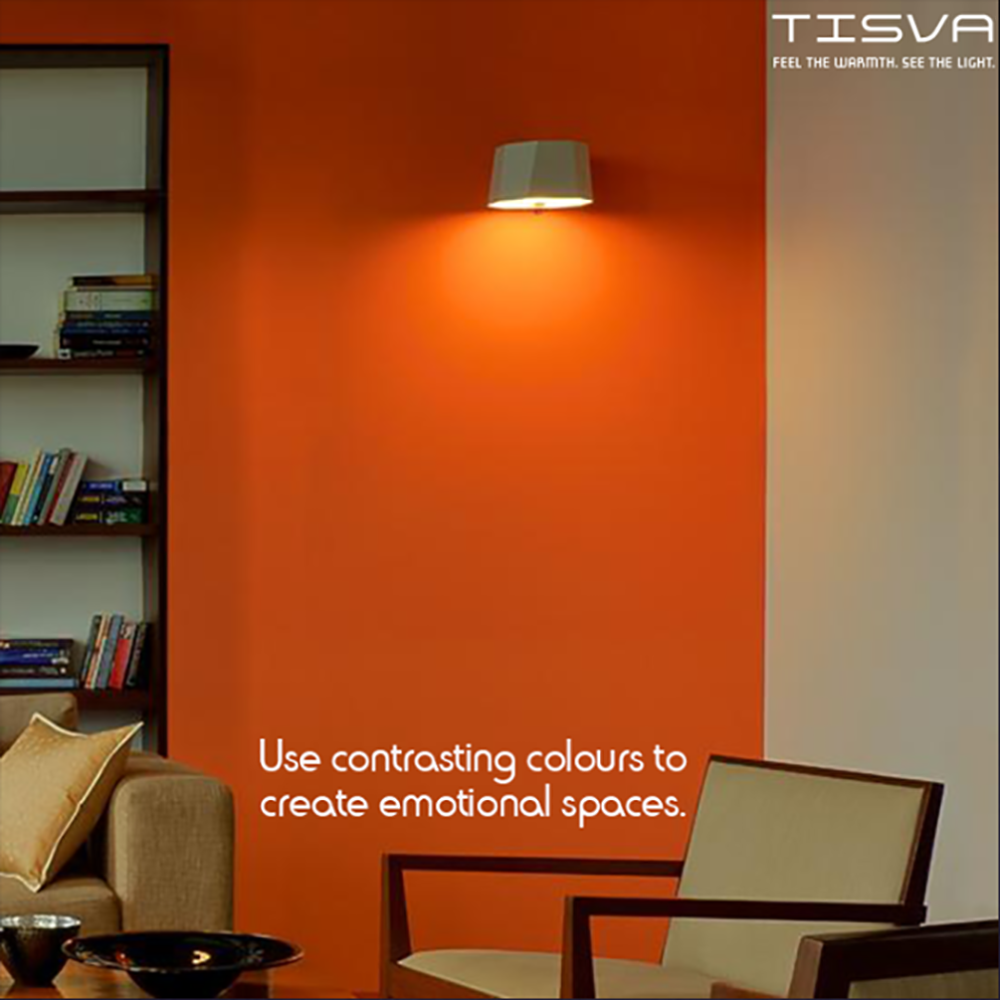
Impressions of Perceptual Clarity
Nothing is more important that the clarity of human faces in a room. Lighting systems that give high facial clarity are mostly found in public spaces, and spaces with low facial clarity are private in nature.
Public spaces bring people together. Its need for high visual contact demands higher illuminance. Private spaces on the other hand separate people through the use of shadows and silhouettes. Here facial clarity falls under low illuminance, which reinforces the feeling of detachment.
In some public spaces where it is impossible to separate people through distance, light is used to separate them visually. This technique is often used by Pubs, Fine Dining Restaurants, Cocktail Lounges etc.
Impressions of Pleasantness
It has been found that non-uniform brightness produced by downward focusing light systems evoke favourable responses from people. A few words people associate with such systems are: ‘friendly’, ‘pleasant’, ‘interesting,’ ‘sociable’. It should be noted that this effect is only produced by vertical lights and not horizontal illuminance. The latter evokes no such emotions.
The best examples of such lighting systems are Wall Lights. Wall lights not only evoke feelings of pleasantness but also of spaciousness and clarity. Thus vertical illuminance is a powerful tool which can be used in a lot many ways to add stimuli to a room.
Variation
Lack of variation in any environment brings about monotony and boredom. Lighting helps us to overcome this obstacle even without making physical changes to the environment. Such variation increases stimulation and pleasantness.
One way to increase the load and bring about effective stimulation at work is to add different types of lighting to the coffee area or the office Canteen. People prefer less loaded spaces for work areas such as the office workspace; whereas people prefer more loaded spaces for leisure like the coffee area, where contrasting brightness adds stimuli and brings about sociability and pleasantness.
If workers are performing complex tasks, then a low load lounge will bring about a balance of pleasantness. On the other hand if the work involves simply reading of reports and proposals, a high load area is preferable. Productivity thus, will increase if offices are provided with a way of altering their lighting conditions
To create a fixed lighting system for a monotonous work environment that will keep productivity level high is impossible. The only way out is a lighting system whose conditions can be altered. Along with light, textures and colours of surfaces in the area also add to the environmental load and these too must be taken into consideration, while putting a lighting system in place.


